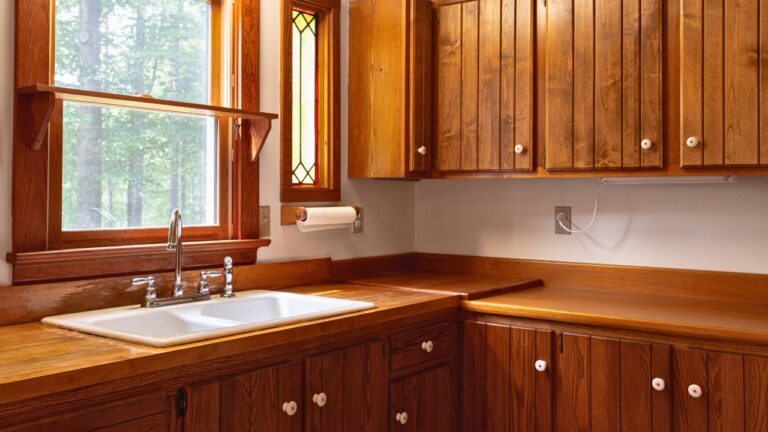7 Tricks to Make a House Look Staged (in a Good Way)
Staging isn’t just for real estate—it’s a way to make your house feel pulled together and more inviting day to day. The best staging doesn’t look fake or sterile. It feels like a lived-in home that happens to be organized, bright, and balanced.
With a few small adjustments, you can get that same polished look without spending a fortune or stripping away your personality.
Clear Out the Extra Clutter

The biggest giveaway of an unstaged house is clutter. Mail on the counter, piles of shoes by the door, or too many knick-knacks can make even a beautiful space feel chaotic. Staging starts with clearing surfaces so the eye has room to rest.
That doesn’t mean your house has to look empty. Keep a few intentional items out, like a tray on the coffee table or a bowl of fruit on the kitchen counter. The trick is to make everything look like it belongs where it is, not like it landed there by accident.
Keep Colors Neutral but Warm

Stagers often work with neutral palettes because they make spaces look bigger and cleaner. White, beige, and soft grays are safe bets, but they don’t have to feel cold. Mixing in natural wood, woven baskets, or textured pillows keeps things warm and inviting.
If repainting isn’t in the cards, focus on swapping out big distractors—like an overly patterned rug or bold drapes—for something softer. Even using slipcovers or neutral throw blankets can calm down a room and give it that staged balance.
Maximize Natural Light

Dark corners make a house feel smaller and less inviting. Staged homes always highlight light. Open curtains wide, pull blinds all the way up, and make sure windows are clean. Even sheer curtains can diffuse light in a way that feels soft and welcoming.
For spaces with limited sunlight, lean on mirrors to bounce light around. Add floor lamps or table lamps to eliminate shadows. A bright, even glow throughout the room makes the whole house look fresher instantly.
Arrange Furniture for Flow

Too much furniture, or furniture shoved against the walls, can make a room feel awkward. Stagers think about how people walk through a space and how they’ll sit and talk. That’s why seating is often pulled slightly away from the walls and angled to create conversation zones.
Take a critical look at your layout. If a piece of furniture blocks a natural walkway, it’s probably time to move it. Even swapping out a bulky chair for something more streamlined can make the room feel larger and more purposeful.
Add Fresh Greenery and Flowers

A house without greenery feels flat. That’s why stagers almost always use plants or flowers to bring in life. Fresh flowers in the kitchen or on the dining table make a big impression, and real plants in the corners of a living room instantly soften the space.
If you don’t have the time or energy to care for real plants, high-quality faux greenery works just as well. The goal is to add some movement, texture, and color that makes the house feel alive instead of staged in a stiff way.
Stick to Symmetry When You Can

Staged homes often look balanced because accessories and furniture are arranged symmetrically. Matching lamps on nightstands, two chairs flanking a fireplace, or evenly spaced art on the wall all make the room feel intentional.
You don’t have to overdo it—too much symmetry can feel stiff—but using it in key spots creates order. Bedrooms and living rooms benefit the most from this trick because symmetry naturally feels calm and welcoming.
Keep Kitchens and Bathrooms Spotless

Nothing pulls down the feel of a house faster than a dirty kitchen or bathroom. Stagers know this, which is why those spaces always look spotless. Clear off counters, wipe down sinks, and make sure toilets and tubs sparkle.
Adding fresh towels, a small tray with soap, or even a candle in the bathroom instantly upgrades it. In the kitchen, a bowl of fruit or a loaf of bread on a cutting board can make the space feel warm and lived-in without being messy.
*This article was developed with AI-powered tools and has been carefully reviewed by our editors.







